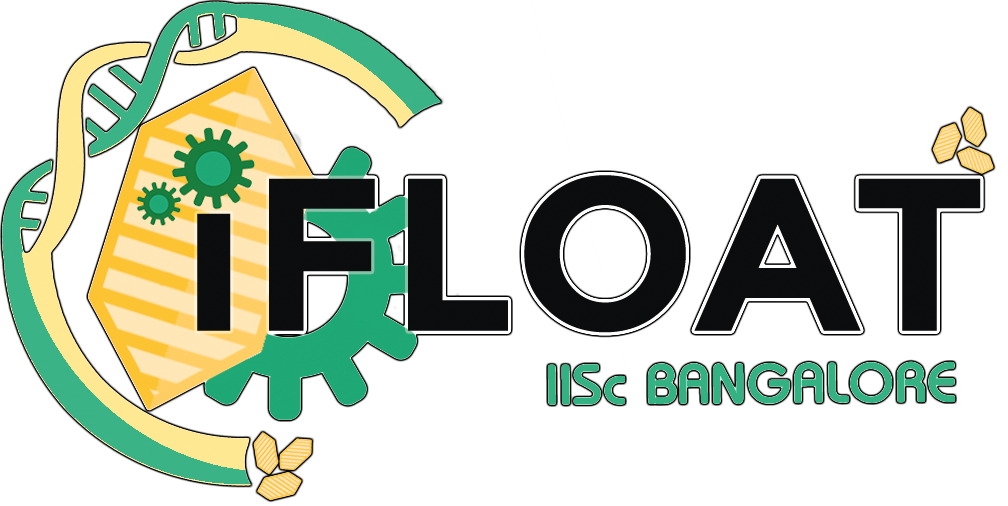Rohith kms (Talk | contribs) |
Shreygupta (Talk | contribs) |
||
| Line 3: | Line 3: | ||
<div id="inPageNav"> | <div id="inPageNav"> | ||
<ol> | <ol> | ||
| − | <li><a href="#mini">Build Your Own Mini</a></li> | + | <li><a href="#mini">Build Your Own Mini<img src="https://static.igem.org/mediawiki/2017/6/68/T--IISc-Bangalore--navbar_bullet.png" /></a></li> |
| − | <li><a href="#pro">Build Your Own Pro</a></li> | + | <li><a href="#pro">Build Your Own Pro<img src="https://static.igem.org/mediawiki/2017/6/68/T--IISc-Bangalore--navbar_bullet.png" /></a></li> |
</ol> | </ol> | ||
Revision as of 23:48, 31 October 2017
Build Your Own GCODe Mini

Construction Manual
Here's the construction manual for the GCODe Mini. It contains the parts list, assembly instructions and device setup instructions. It also has the software installation instructions.
GCODe Mini Construction Manual
Resources
Laser Cutting and PCB fabrication Resources
Here are the source files for the laser cutting and PCB fabrication. For laser cutting, the material we used is a standard opaque 4mm acrylic sheet. You should submit the .dwg file in the laser-cutting-source-files folder for laser cutting. The Gerber files for PCB fabrication are in GCODeMini_PCB_V3.zip inside the below zip file. The schematics are given as .pdf files.
Software Resources
Here's the entire source code for the Mini. Once you extract it, you will get a folder named 'Code'. This is referred to as the Code folder in the manual.
User Manual
Here's the User manual for the GCODe Mini. It details out the user instructions for an assembled GCODe Mini on a laptop with the GCODe Mini software and all the required dependencies installed. For installation instructions, please refer the last part of the Construction manual.
GCODe Mini Assembly: Human Practices
If you're not convinced from our manuals and our extensive documentation that it is extremely easy to build the Mini, here's something better: We asked Arpit - one of the freshmen we had interacted as part as our human practices - to build the Mini from the construction manual. He did it in just under two hours! See what he had to say about the manual.
Build Your Own GCODe Pro
The pro is still under development. However, we have included all the resources to help interested teams build the device upto the developed (version 3) stage and develop it further. This will save the interested teams all the trial and error we had to go through. (To learn more about this, look at our Notebook page). As of 31 Oct 2017:
- The electronics is done - including the PCB design. The Gerber files have been uploaded.
- The Laser cutting files are done too. The .dwg AutoCAD files are uploaded.
- The code for most of the fluidics is done. The machine transfers specified amounts of fluid.
- There is some calibration required for the ethanol flushing part. The variables to be calibrated are given in the code comments. Apart from this, all other fluidics have been done.
- The code for the Analysis Unit is not integrated into the main Arduino code.
- Neither a Python CLI nor a GUI has been written. The code currently works with Serial commands from the Arduino IDE window.
We've got to admit, the GCODe Pro Documentation is not nearly as extensive as the Mini. This is mostly because of the complexity of the Pro and the number of parts that go together to make it. But it shouldn't be hard for a motivated person who's got a little experience in building stuff off of online DIY guides to recreate the current version of the pro from our construction manual.
Construction Manual
Here's the construction manual for the GCODe Pro. It contains the parts list, assembly instructions and device setup instructions. It also has the software installation instructions.
Resources
Laser Cutting and PCB fabrication Resources
Here are the source files for the laser cutting and PCB fabrication. For laser cutting, the material we used is a standard opaque 4mm acrylic sheet. You should submit the .dwg file in the laser-cutting-source-files folder for laser cutting. The Gerber files for PCB fabrication are in GCODe_Pro_PCB_Gerbers.zip inside the below zip file. The schematics are given as .pdf files.
Software Resources
Here's the entire source code for the Mini. Once you extract it, you will get a folder named 'Code'. This is referred to as the Code folder in the manual.












